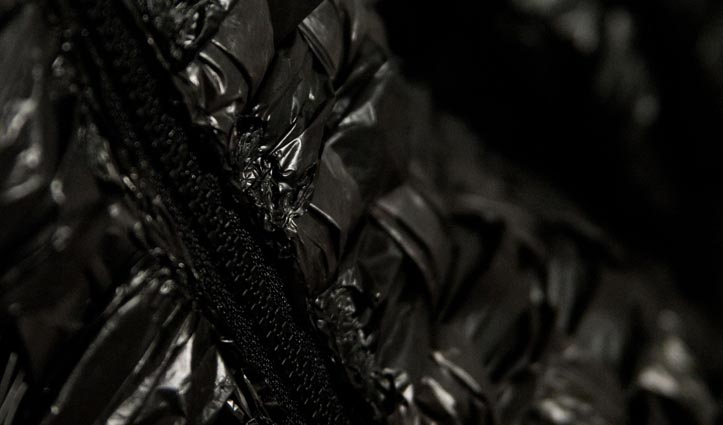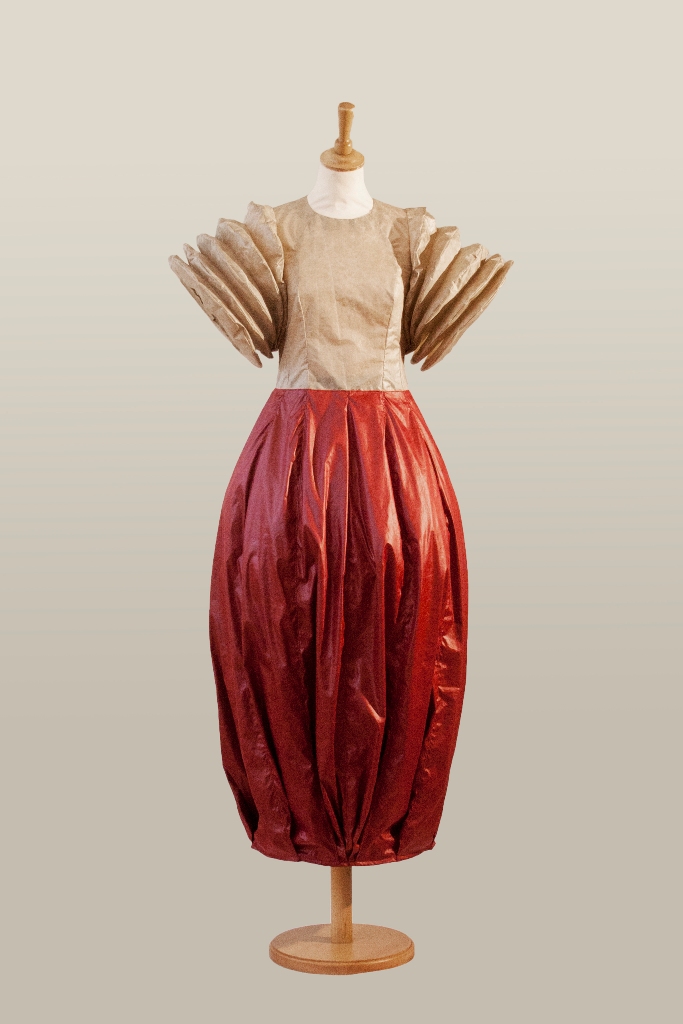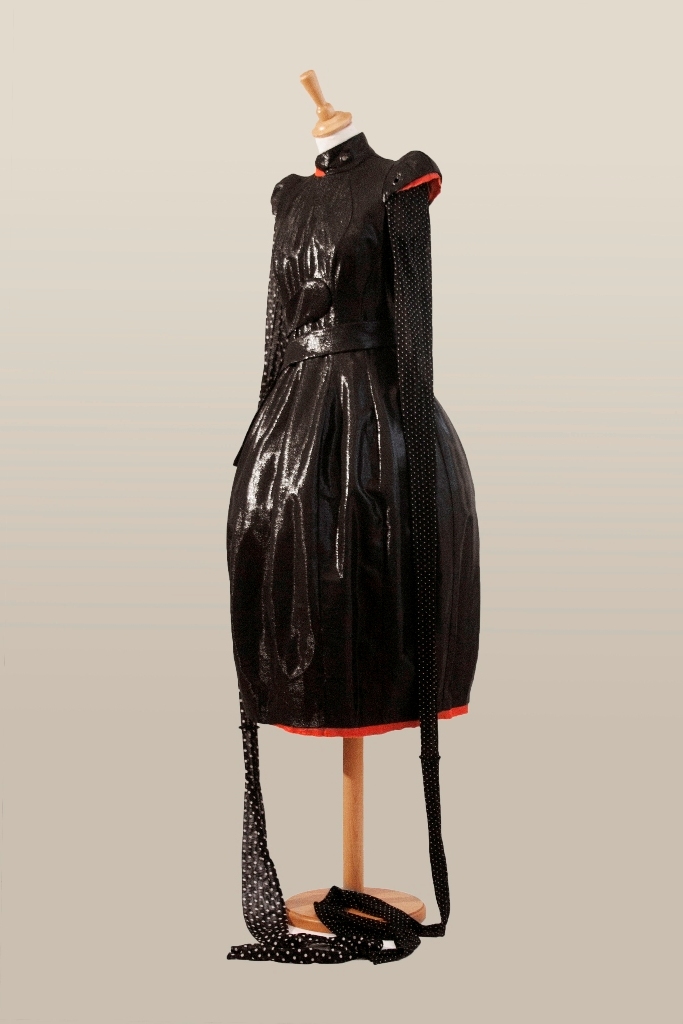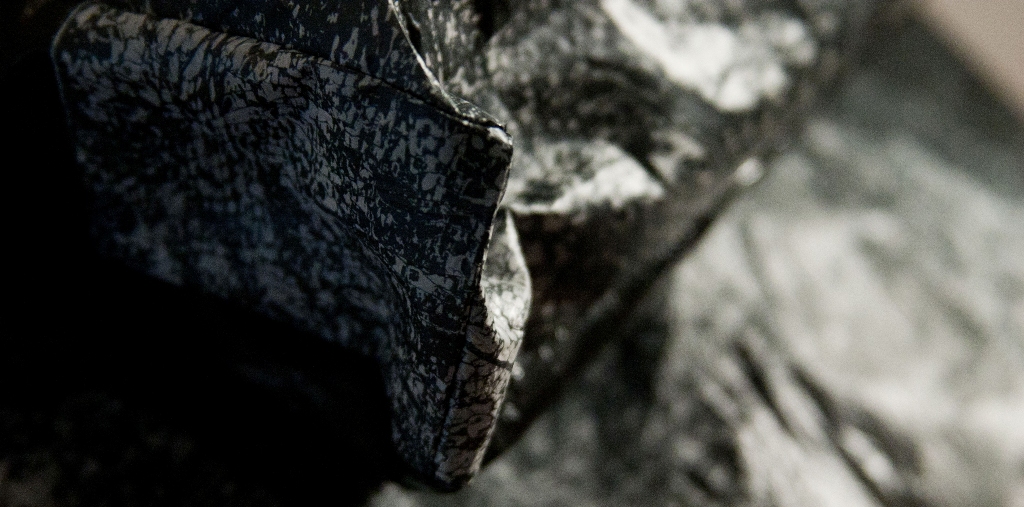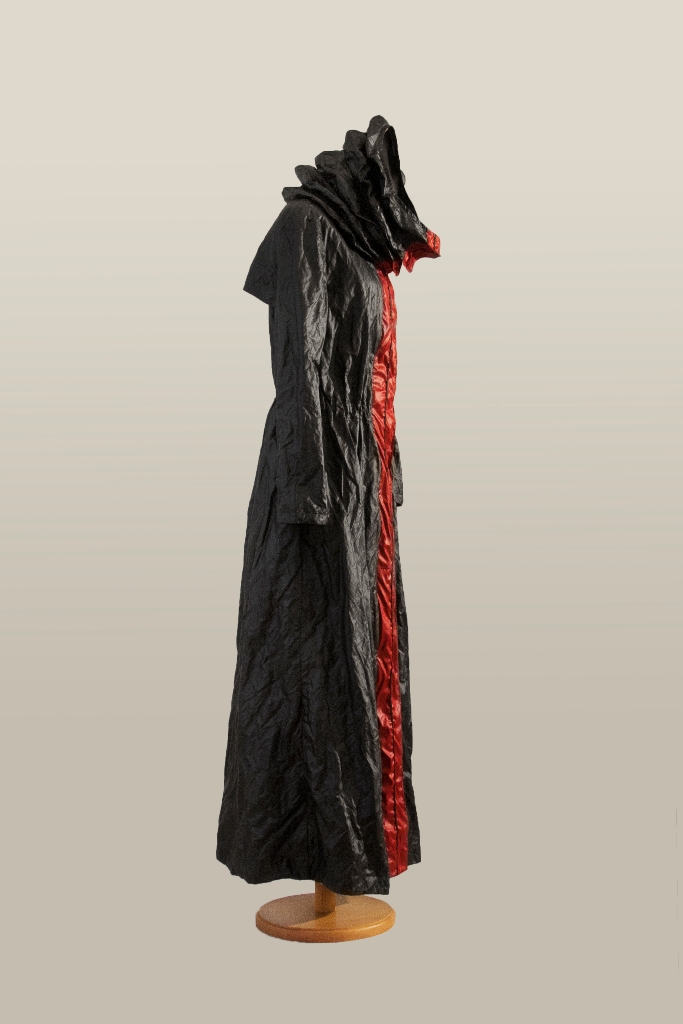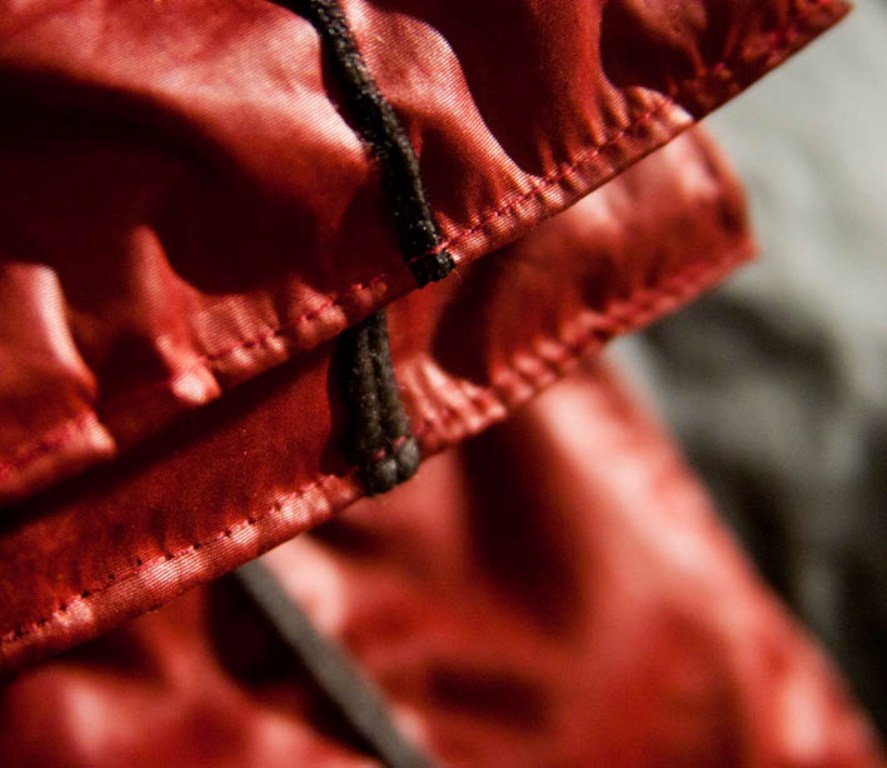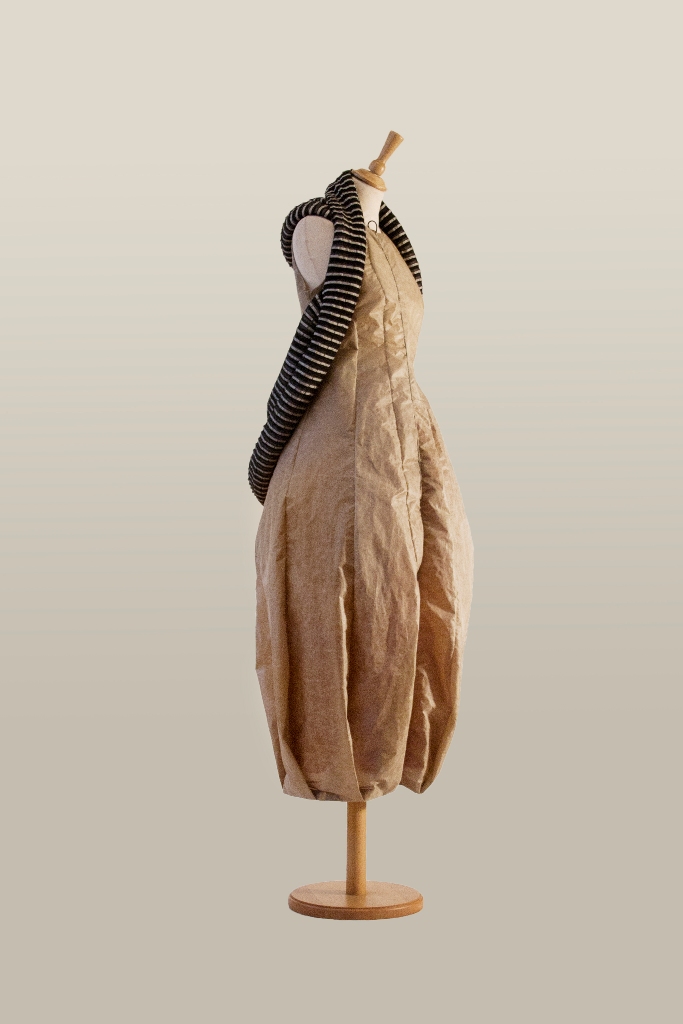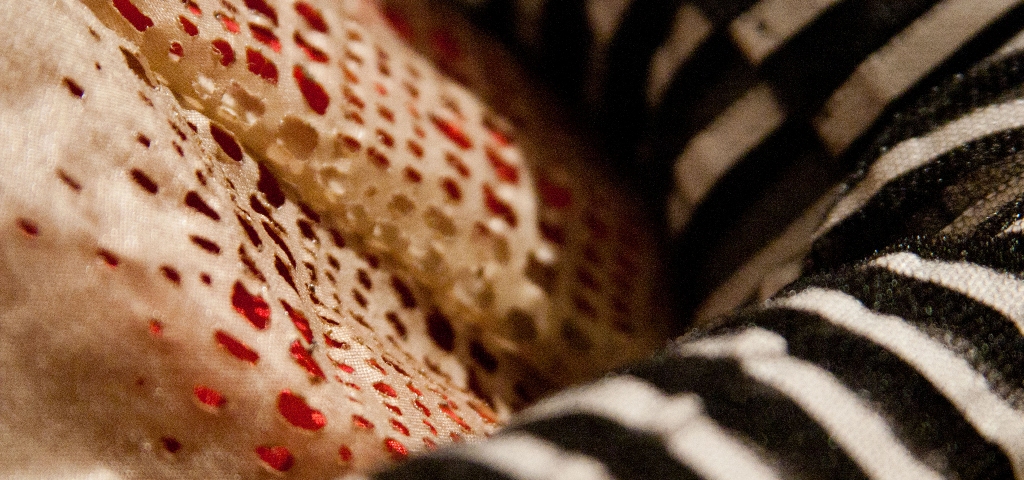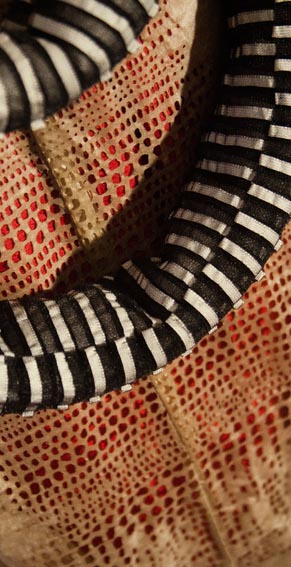bauhaus dances
travelling exhibition "bauhaus dances"
„To approach things as if the world has just been created“, Oscar Schlemmer wrote in his diary, in May 1925, as one of the holy recipes of the most famous art schools of the new era - Bauhaus (1919-1933). He set the foundation of the school that even to this day it is able to hold historical pieces of art! The world that has just been created cannot be observed with disdain because we are observing it for the first time. And Bauhaus is the one teaching us how to observe and how to touch for the first time, showing us the color, the point moving and creating the line, the surface, the space… It teaches us about the body as a simple composition of surfaces, and then it teaches us about the first movement and every other complex trace of existence. From this correlation with life it teaches us further on about how to create things for this exact life.
For Schlemmer, deepest understanding of and respect for this symbiosis of life and creation should not be a difficult task because Bauhaus is the case of the earliest, most creative research interdisciplinarity. It is the case of fascinating composition of the physical, intellectual, and spiritual, which is an imperative in contemporary creation.
Tihana Mikša Peković does her research in such a way. Intuition, knowledge, crafts, and science are incorporated in her research as respected fundamental elements of Bauhaus. However, in her work, Bauhaus dances in a completely different way from the most famous Bauhaus dance of “triad ballet” by Oscar Schlemmer (1912).
Spherical volumes in Tihana’s work, which in its biggest part comprises of fashion design, emerge from her elemental expression - the mere foundation of the exhibition - which uses textile and clothes design to examine obvious derivation of Bauhaus origins in the direction that could be sensed in the mature phase of Bauhaus divided between the mystics and the practitioners.
It was in this phase that the poetic, intuitive imagination was truly conciliated with technical, pragmatic Bauhausian approach to making a “useful object”. The author herself experiences her work as being closest to exactly this Bauhaus which was able to give birth to contemporary disciplined romantics in design, and the shaping game which includes method.
The nucleus of her examination is a free game of forms connected to spherical volumes whose genesis can be defined as a free oscillation of the well-known “Bauhausian point” in all directions. The author transforms this shaping vortex to dismembering spherical surfaces into rectangular forms and shapes continuing from there to making new volumes from the Bauhausian triad circle-triangle-square.
This “dance” of basic shaping characters is neutral towards gender/sex division of fashion, and even inclines to a gender/sex synthesis. This fact makes it closer to Bauhausian stance towards human body. Does it provide a “temple without a body”, that is a dress whose shaping value does not depend upon a body in the end although it has changed it on its way to the temple as if it depends solely on it? This is what Tihana Mikša-Perković’s exhibition Bauhaus Dances is trying to discover!
Although the dynamics of the author’s series of clothing objects is rather hesitative, even static in relation to the (un)defined body, its psychological weft is very vibrant! Yes, this is where Bauhaus is dancing, but it is a dance macabre. Model surfaces are strung by an underground expression in which we cannot recognize whether it is a body or a suppressed psychological magma. It is possible, however, to experience the process of suppression of everything that is not the outer physis as a self-portrait. It is also possible that the author is devotedly searching for a shaping quintessence: Bauhaus’s DNA code unconscious of the existing psychophysics!
Ana Lendvaj
photo Dinko Klobučar

